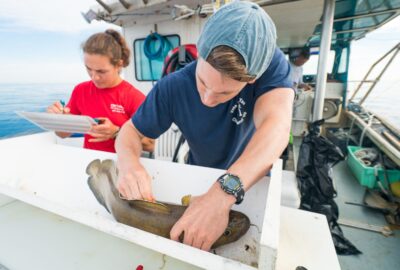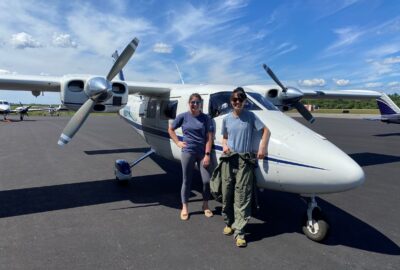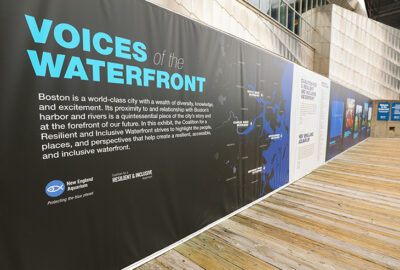Ocean Advocacy Terms to Know
By New England Aquarium on Friday, April 05, 2024

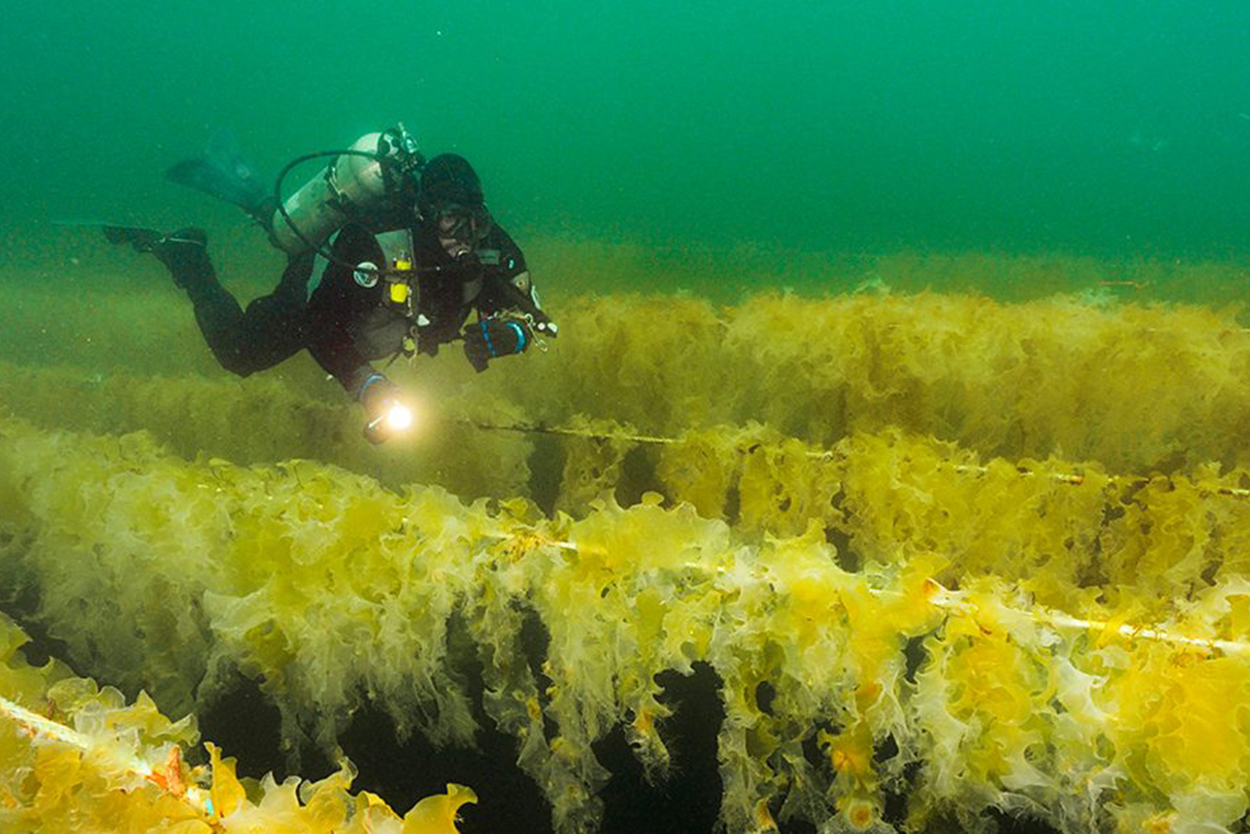
As a research and conservation organization, we inspire people to love the ocean—and take action to protect it. Here are just a few of the most commonly used terms in our marine science and advocacy work, as well as definitions to know.
Aquaculture: The “breeding, rearing, and harvesting of fish, shellfish, algae, and other organisms in all types of water environments.” At our Anderson Cabot Center for Ocean Life, experts leverage innovative applied research to develop new impactful partnerships, share critical tools and insights with industry, and advance environmentally responsible aquaculture.
Blue carbon: Carbon dioxide that’s captured by the ocean and aquatic ecosystems such as mangroves, wetlands, and seagrass meadows. One of the ways we hope to combat climate change is through natural carbon sequestration, or naturally capturing and storing excess carbon from the atmosphere.
Blue economy: The sector of the economy and industries that rely on the ocean and inland waterways and includes fishing, tourism, and renewable energy. The blue economy also provides livelihoods for many—in Massachusetts, in 2023, just under 80,000 people were employed as part of the blue economy.
Learn more about how the Aquarium is supporting the growth of the blue economy in Massachusetts.
Bluetech: Science-based technology and innovation focused on the ocean. Among other uses, bluetech can help improve the “collection, analysis, and dissemination of ocean and coastal-derived data and information to support economic growth, protect the ocean’s health, and address societal challenges and inspire their solutions, while protecting ocean health and ensuring social equity.”
Through the BalanceBlue Lab at the Anderson Cabot Center for Ocean Life, we help support responsible ocean use through cutting-edge research and market-based solutions in bluetech!
Circular economy: A system of resource production and consumption that keeps materials and products in circulation for as long as possible through sharing, reusing, repairing, and recycling existing materials. Circular economy projects present a potential solution to the plastic pollution crisis by keeping waste out of landfills.
Learn more about USEFULL—one of the innovative companies in our third cohort of BlueSwell, an incubator for ocean-focused startups run in partnership with SeaAhead—and founder Allison Rogers Cove, who is working to bring a circular economy to takeout packaging.
Climate change: Long-term shifts in Earth’s average temperature and weather patterns, which affect the local and global climates and have observable effects—such as larger, more frequent hurricanes along the US East Coast or a prolonged fire season in the West.
It is caused by excess carbon dioxide becoming trapped in the earth’s atmosphere and acting as a heat-trapping blanket around the planet. Since the 20th century, human activity—especially the burning of fossil fuels—has been the major contributor to climate change.
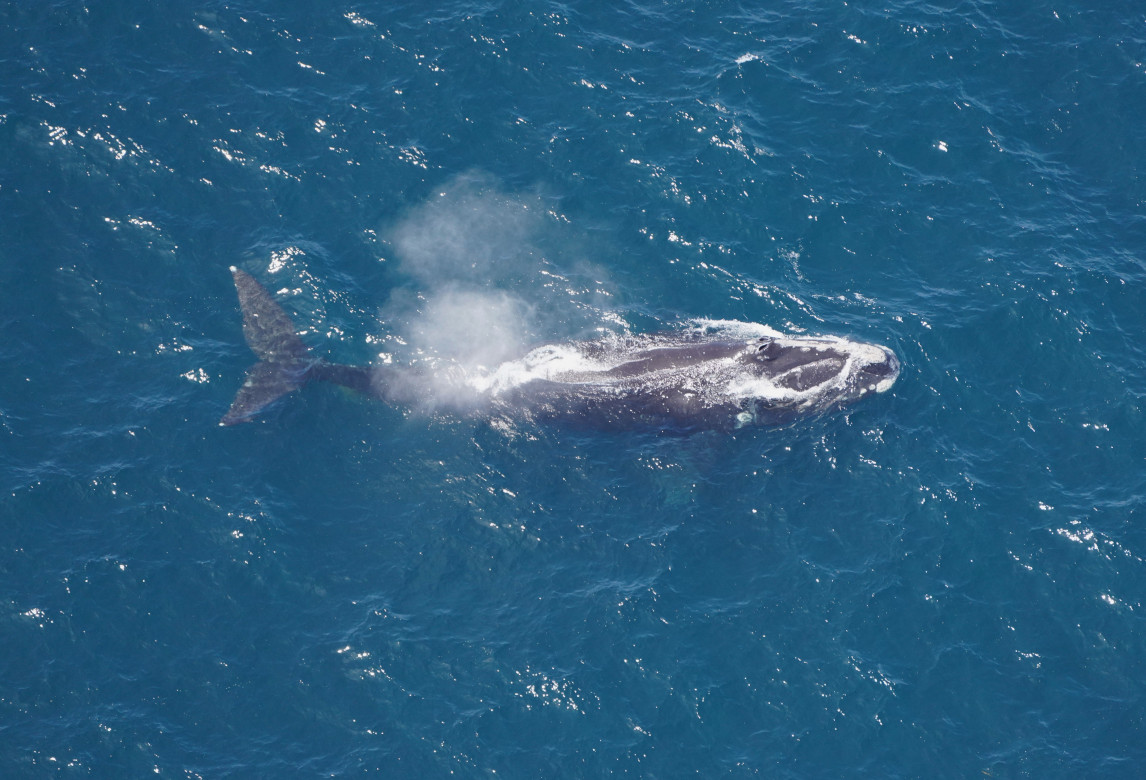
Dynamic management areas (DMAs): Voluntary and temporary speed restrictions that notify boaters and vessel operators to limit their speed. NOAA Fisheries implemented these measures along the East Coast in 2008 in order to protect and prevent potential vessel strikes. When a DMA is in effect, vessels are encouraged to slow to a speed of 10 knots or less where a right whale has been sighted. In the past, our aerial survey team’s sightings of right whales in New England waters have triggered several DMAs.
Environmental justice: The Environmental Protection Agency defines environmental justice as “the just treatment and meaningful involvement of all people, regardless of income, race, color, national origin, Tribal affiliation, or disability,” in the development and implementation of environmental policies.
For example, our work to support a downtown waterfront for all of Boston’s residents centers on environmental justice outcomes, ensuring that the needs of all community members are considered in any development and planning projects.
Marine protected areas (MPAs): Defined regions of the ocean in which there are limits placed on human activity. These areas of the ocean are regulated by type of protected area and its location.
On September 15, 2016, after encouragement and technical expertise provided by aquarium scientists, President Obama designated the first marine national monument in the Atlantic Ocean, the Northeast Canyons and Seamounts Marine National Monument, using his authority under the Antiquities Act of 1906. This is the first and only national marine monument in the Atlantic Ocean.
Ocean acidification: The process by which excess carbon dioxide is absorbed by seawater through chemical processes, resulting in increased hydrogen ions and increased acidity levels. Ocean acidification is harmful to marine species—particularly marine animals with calcium-based shells such as clams, oysters, scallops, mussels, and lobsters—and their ability to build and maintain a healthy, protective shell.
On-demand fishing gear: Sometimes also referred to as “ropeless gear,” this technology replaces the traditional buoys and vertical lines that hang in the water, presenting an entanglement risk to large whales and sea turtles. When deploying on-demand technology, fishers can remove static vertical buoy lines in the water.
It’s an important tool that can help protect marine wildlife—including right whales—while continuing to allow the fishing industry to thrive. Fishers, conservationists, and researchers are working together to develop several types of “on-demand” fishing gear, incorporating technology that allows fishers to retrieve gear using a signal at the surface of the water.

